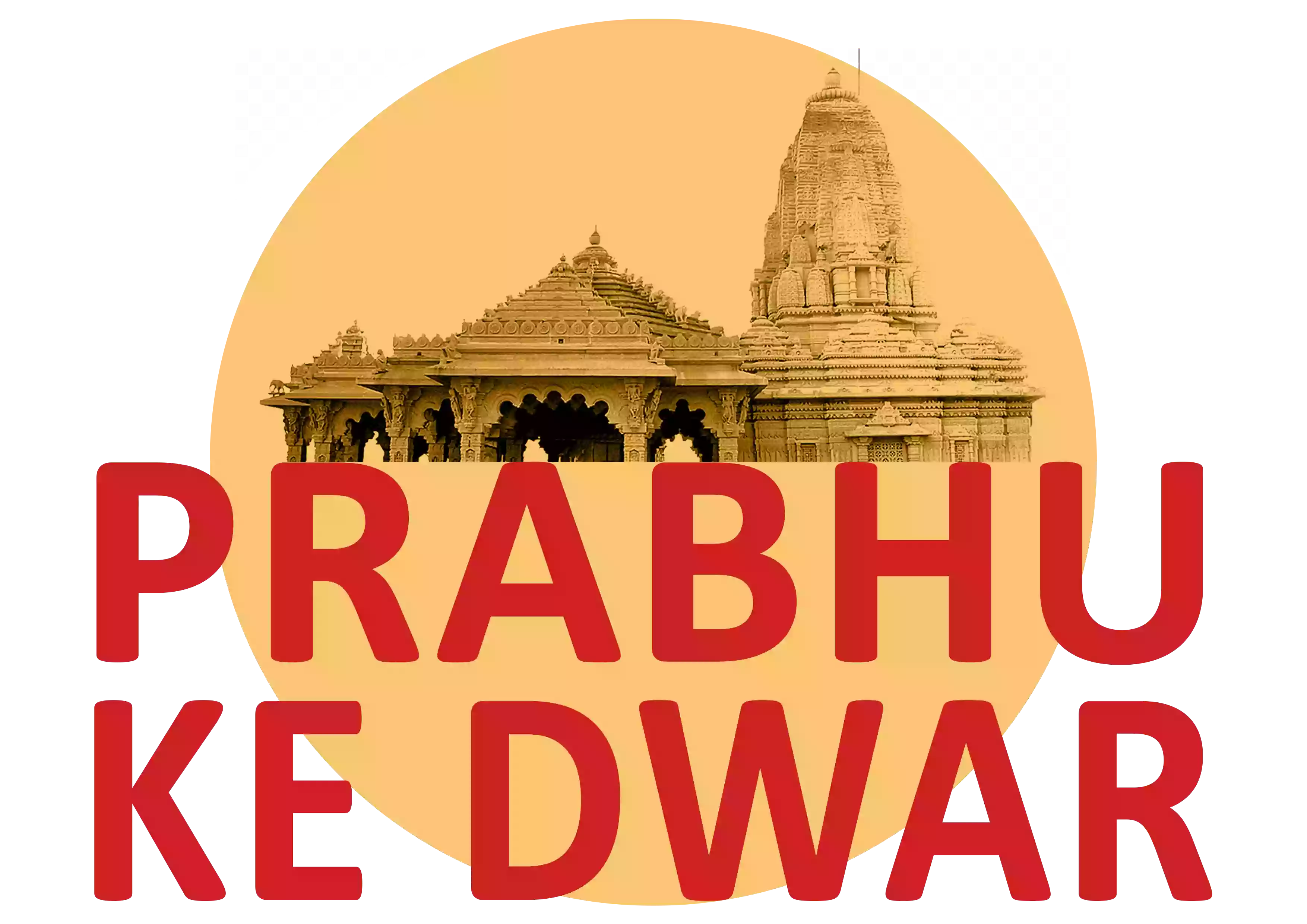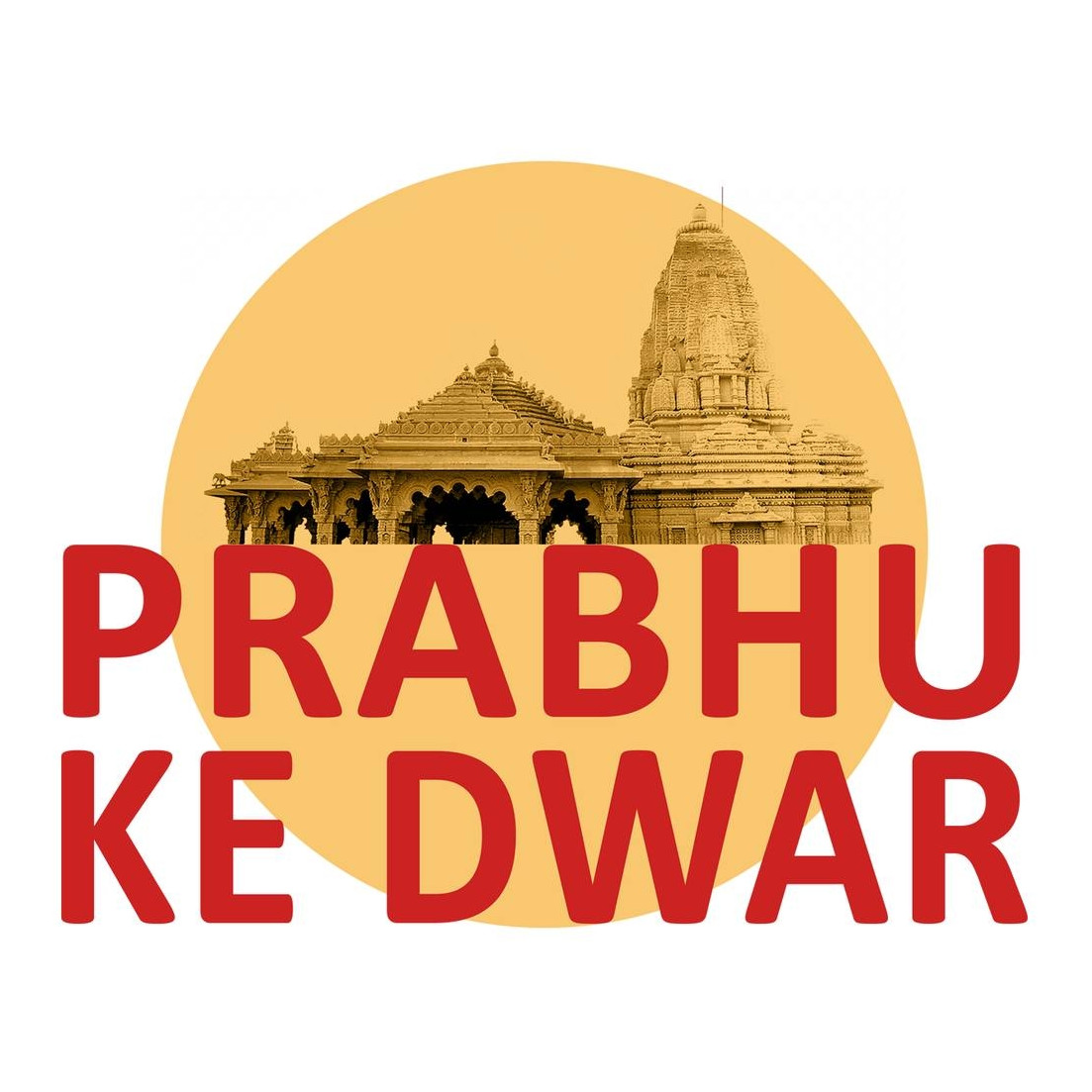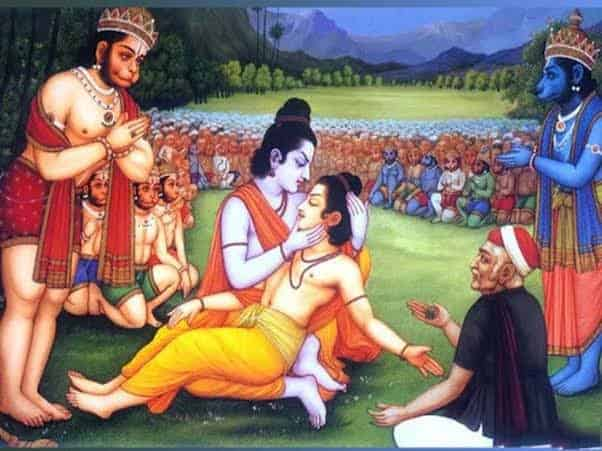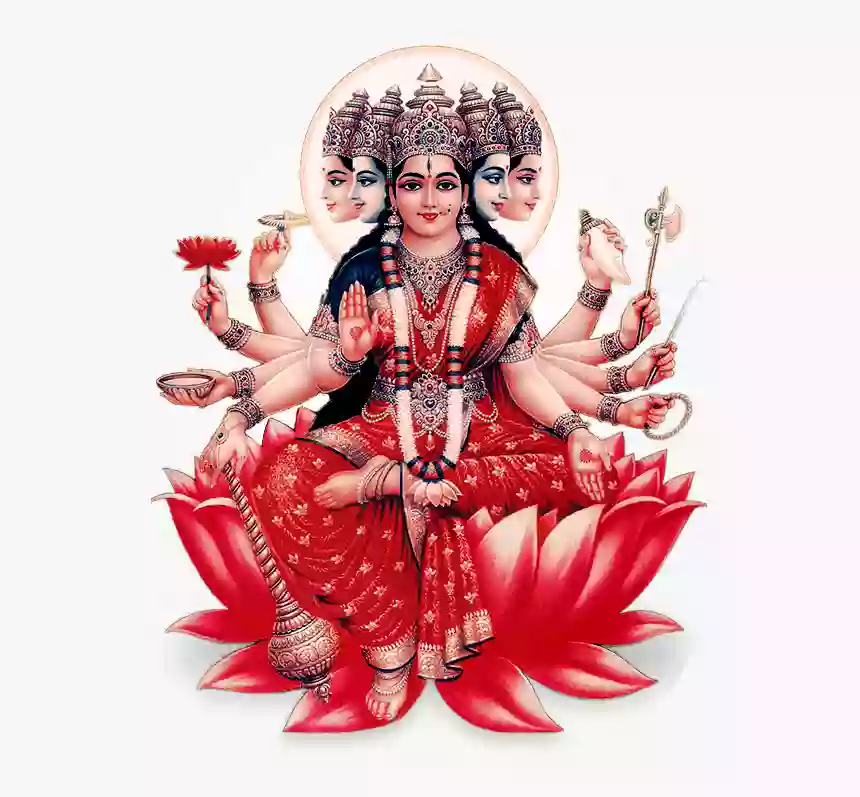The Ramayana, also known as the Rāmāyana or Ramayan, is a magnificent epic that has captivated hearts and minds for centuries. This ancient Hindu scripture holds profound cultural and religious significance, encompassing heroic tales, moral teachings, and a narrative that continues to inspire people worldwide. Let us delve into the enchanting world of the Ramayana and explore its captivating story, timeless lessons, and enduring legacy.
The Origins of the Ramayana: Valmiki's Literary Masterpiece
The Ramayana finds its origins in the genius of sage Valmiki, revered as the Adi Kavi or the first poet. Valmiki's unparalleled poetic brilliance gave birth to this epic tale, which serves as a guiding light for millions. Composed in Sanskrit, the Ramayana spans thousands of verses, narrating the extraordinary life of Lord Rama, the prince of Ayodhya, and his virtuous wife, Sita.
The Storyline: Trials, Tribulations, and the Triumph of Good over Evil
At the heart of the Ramayana lies a mesmerizing storyline that takes us on a profound journey through the trials, tribulations, and eventual triumphs of Lord Rama. The epic unfolds with Rama's exile from Ayodhya, his adventures in the mystical forests, and the abduction of Sita by the demon king Ravana. The narrative intertwines love, devotion, and righteousness, ultimately culminating in a climactic battle between good and evil.
Exploring the Ramayana: Lessons in Morality and Spirituality
The Ramayana extends beyond a mere tale of heroism and adventure. It serves as a moral compass, imparting invaluable lessons in morality, spirituality, and righteous living. Each character in the epic represents a unique facet of human nature, offering profound insights into relationships, duty, honor, and the eternal struggle between right and wrong.
The Cultural Significance: Ramayana as a Guiding Light in Hinduism
In Hinduism, the Ramayana holds immense cultural and religious significance. It serves as a source of inspiration, guiding adherents on the path of righteousness, devotion, and selfless service. The epic instills values such as loyalty, perseverance, and the importance of upholding dharma (righteousness) in one's life. The Ramayana's influence permeates various aspects of Hindu culture, from art and music to festivals and rituals.
The Ramayana in Nepal: A Tapestry of Faith and Tradition
In Nepal, the Ramayana occupies a special place in the hearts of the people. The Nepali Kanda, or the Nepalese version of the Ramayana, reflects the country's unique cultural context. It showcases artistic depictions, sculptures, and religious sites that pay homage to the epic's heroes and their remarkable feats. Nepalese society reveres the Ramayana, and its influence can be felt in festivals, folklore, and everyday life.
Valmiki Ramayana: The Original and Most Revered Version
Among the numerous versions of the Ramayana, the Valmiki Ramayana holds a special position. Composed by the sage Valmiki himself, it is considered the original and most authoritative version of the epic. The Valmiki Ramayana not only narrates the captivating story but also delves into the profound philosophies, moral dilemmas, and spiritual teachings embedded within its verses.
Exploring the Essence: The Meaning and Symbolism of the Ramayana
The Ramayana carries deep symbolism and meaning, transcending its narrative structure. It symbolizes the eternal battle between good and evil, the triumph of righteousness, and the power of unwavering devotion. It teaches us the significance of fulfilling our duties, the consequences of our actions, and the importance of maintaining integrity even in the face of adversity.
The Timeless Appeal: The Ramayana's Influence on Literature and Art
The Ramayana's enduring legacy extends far beyond its religious and cultural significance. Its captivating story and profound teachings have inspired countless works of literature, poetry, music, and art across different cultures and time periods. From ancient Sanskrit texts to modern-day adaptations, the Ramayana continues to be a muse for artists, writers, and performers worldwide.
The Ramayana in Popular Culture: From Epics to Entertainment
The Ramayana's rich tapestry has found its way into popular culture, transcending boundaries of language and geography. It has been adapted into films, television shows, and theatrical performances, captivating audiences with its timeless themes and larger-than-life characters. The epic's universal appeal has helped it bridge the gap between ancient mythology and contemporary entertainment, introducing new generations to its beauty and wisdom.
Unraveling the Mysteries: Exploring the Dating and Historical Context of the Ramayana
Determining the exact age of the Ramayana remains a subject of historical debate. Scholars and researchers have put forth various theories and arguments based on archaeological findings, linguistic analysis, and astronomical calculations. While the precise dating may be challenging, the Ramayana's impact on ancient and medieval societies is undeniable, leaving an indelible mark on literature, art, and cultural practices.
The Quest for Scientific Evidence: Exploring the Ramayana's Historical Footprints
The Ramayana's narrative, filled with grand cities, mystical landscapes, and extraordinary events, has piqued the curiosity of researchers seeking scientific evidence. Archaeologists, historians, and geographers have embarked on expeditions to trace the epic's geographical locations and uncover traces of historical truth. While conclusive scientific evidence is elusive, these endeavors have shed light on ancient civilizations and cultural exchanges of the past.
Ramayana: The Epic's Literary Adaptations and Translations
The Ramayana's timeless allure has transcended linguistic barriers, inspiring numerous adaptations and translations across the globe. Renowned scholars and translators have brought the epic to life in various languages, allowing a wider audience to experience its beauty and wisdom. These adaptations, whether in prose, poetry, or modern retellings, showcase the Ramayana's universality and its ability to touch hearts across cultures.
The Meaning of Ramayana: A Source of Spiritual Guidance
The Ramayana encompasses profound spiritual teachings that offer guidance and inspiration to seekers of truth. It teaches the importance of virtue, righteousness, and the power of devotion. Through its characters' journeys and moral dilemmas, the epic imparts valuable lessons on compassion, forgiveness, and the pursuit of spiritual enlightenment.
FAQs Answered:
Addressing Common Questions About the Ramayana
What is the story of the Ramayana?
The Ramayana tells the story of Prince Rama, his wife Sita, and his loyal devotee Hanuman. It chronicles their adventures, trials, and the ultimate battle against the demon king Ravana to rescue Sita and restore righteousness.
Who wrote the Ramayana?
The Ramayana is attributed to sage Valmiki, who is believed to have composed the epic in Sanskrit. Valmiki is revered as the "Adi Kavi," meaning the first poet, and is considered the author of the original version of the Ramayana. According to Hindu tradition, Valmiki was inspired to write the epic after witnessing a poignant scene of a bird being killed, which awakened a deep sense of compassion within him.
How old is the Ramayana?
Determining the exact age of the Ramayana is challenging, but it is believed to have originated around 500 BCE to 100 BCE, although the oral traditions and early versions of the epic may date back even further.
What is the significance of the Ramayana in Hinduism?
In Hinduism, the Ramayana is revered as a sacred scripture, embodying the ideals of dharma, devotion, and righteous living. It serves as a guide for moral and spiritual growth, and its teachings are cherished by millions of followers.
Is the Ramayana only relevant to Hinduism?
While the Ramayana is rooted in Hinduism, its themes of love, loyalty, and the battle between good and evil resonate with people of various faiths and cultures. Its universal values make it a cherished epic for people worldwide.
Are there different versions of the Ramayana?
Yes, there are multiple versions of the Ramayana across different cultures and regions. The Valmiki Ramayana is the most widely known, but there are also versions in languages like Tamil, Bengali, and Indonesian.
The Ramayana stands as a monumental epic that continues to inspire and captivate generations. Its timeless teachings, captivating storyline, and profound symbolism make it a treasure trove of wisdom and a beacon of moral and spiritual guidance. As we delve into the depths of this ancient masterpiece, we uncover profound lessons in love, devotion, righteousness, and the eternal battle between good and evil. The Ramayana's enduring legacy speaks to the power of storytelling and its ability to transcend time, culture, and boundaries, reminding us of our shared humanity and the universal values that connect us all.




